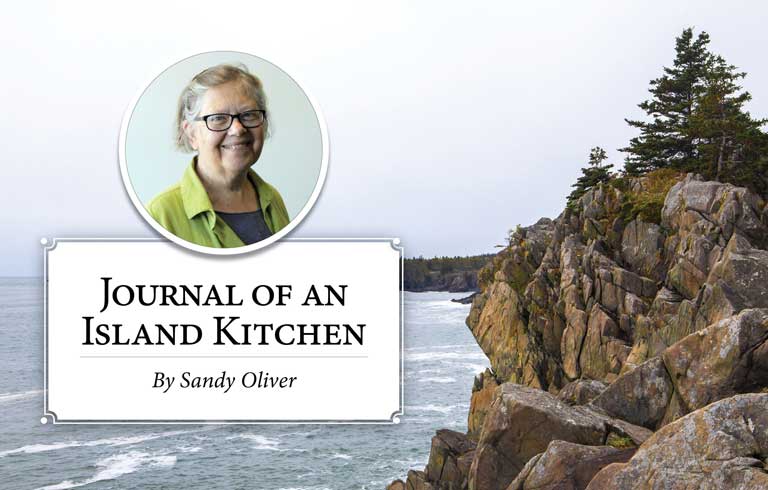Daring to gather indoors around a dinner table with three or four good friends is one gift of vaccinations. Invitations fluctuate with the ebb and flow of COVID infectiousness but most of us older triple-vaxxed people venture some sociability.
Since social isolation is as bad for our health as heavy smoking, eating a meal together is beneficial, as it was before the pandemic, a uniquely human activity for millennia. As an archaeological site in Southern Moravia attests, we feasted in groups 30,000 years ago.
Anthropologists say this was unusual, considering that many creatures when meeting over food exhibit hostility, baring teeth, growling, and trying to snatch food, all deplorable manners at dinner.
In a meat and dairy eating culture, feeding a vegan can be very challenging…
Over the past couple of decades, though, eating together has become a slightly more fraught experience. Twenty years ago, an elderly friend groused that she invited friends to dinner but the only food everyone could share was potatoes, perhaps an exaggeration but even then her circle probably included a vegetarian or someone with lactose intolerance or nut allergy. And that preceded widespread adherence to paleo, keto, intermittent fasting, and the violent reaction to red meat caused by a tick bite.
Even before then, we fretted about eating eggs, now no longer stigmatized, which some even consider super-foods because of omega-3 and other nutrients, especially in eggs from pasture-raised hens. Recipes abound calling for an egg plopped on top of grains or greens, or simmered in sauce.
We’d also endured an era of rampant fat-phobia when packaging assured consumers that the product within contained no or very little fat. In fact, I own a little plastic bag from a purchase of watercress that declared “no calories” and “fat free.” I was, and am still, a little fuzzy on why anyone would think that watercress had fat.
Fat-phobia produced Snack Well cookies, so insipid and full of sugar, now also discredited, that we joked that you had to eat the whole package to get the same satisfaction afforded by one big fat brownie.
Now sugary goods, especially corn-syrup sweetened ones, are discredited, as they probably should be, though it hasn’t had much effect on production of extra-sweet breakfast cereal.
The most popular diet fad these days appears to be gluten avoidance, practiced by more people than celiacs, who comprise 1.6 percent of the population. Gluten causes some people so much gastric misery that they wisely avoid it.
A pair of spa chefs I spoke with described a client who reported that she avoided gluten. Unquestioningly, they scoured their kitchen, adopting practices to avoid any cross-contamination that could harm the client who was discovered to have ordered out for pizza one evening. Confronted, she confessed “sometimes I cheat.” A celiac doesn’t cheat, and understandably, the chefs recall vividly the urge to kill.
Increasingly, some avoid non-organic wheat to steer clear of glysophates (found in Round Up) used to kill off non-wheat plants in fields before harvest, and whose long-term effects on human bodies is still murky though suspect.
Hard on the heels of gluten avoiding is veganism, engendered by a combination of loathing or squeamishness around raising commercial meat, deep respect for the value of all life, and the wish not to contribute to climate change attributable to certain agricultural practices.
In a meat and dairy eating culture, feeding a vegan can be very challenging, and if combined with gluten-avoiding, an even tougher assignment. We can turn for recipes and practices to vegan-friendly cuisines like many Asian ones and even Jainism in India, where the devout consume dairy only if no violence is associated with it.
And now see the buzz about plant-based “meat,” a product of the food industry which cheers every new food phobia or fad because it means they can create new products. Problem is, it’s all processed food.
As long as we rely on commercial fare, we actually have very little control over what is in our food. We give ourselves the illusion of control over our diet by adopting various regimes instead of growing our own food or buying locally produced organics.
These days I inquire of possible guests if there are food allergies or avoidances I ought to know about. Sitting with a half-dozen friends around a table with nothing more than a platter of well-cooked home-grown potatoes may be my best bet after all.
Sandy Oliver is a food historian who gardens, cooks, and writes on Islesboro.





